Sarah Clark, M.P.H., research scientist in the Department of Pediatrics at Michigan Medicine, answers questions about fluoride.
Category: blog
blog type
Children’s Hospital Los Angeles has Best Pediatric Liver Transplant Survival Rates in the Country
Children’s Hospital Los Angeles has the best one-and three-year post-transplant patient and graft survival rates in the nation for pediatric liver transplants, according to newly released 2025 data from the Scientific Registry of Transplant Recipients (SRTR) and the Organ Procurement and Transplant Network (OPTN).
For Osteoarthritis Patients, Radiation Can Bring Winter Weather Relief
Dr. Matthew Deek explains how low-dose radiation therapy, a safe and noninvasive treatment, can reduce pain, swelling, and stiffness, improving mobility and quality of life for those with osteoarthritis (OA).

Medical Ketogenic Diet Helps Lucia Stay Seizure-Free
Not all precision medicines come in pill form. For some children, like 18-month-old Lucia, has been that precision medicine.Before she started the medical ketogenic diet, a then-2-month-old Lucia would have several seizures per week that could last as long as five minutes each and weren’t helped by antiseizure medications. After discovering the rare genetic mutation behind Lucia’s epilepsy, her parents, Rebecca and Gloria, took her to CHLA’s Comprehensive Epilepsy Center for specialty treatment.
CHLA’s SLAY Program Receives $2 Million Grant to Support Substance Use Prevention and Leadership Training for High School Students
Program Manager Alejandra Cortez, LCSW, recognizes that working with high school students is as much about learning as it is about teaching. “When we are working with youth, I see amazing growth both in the students and in my own team,” Cortez explains.Youth Advocate Dayanara Fonseca agrees. “We have worked with one student since her freshman year,” Fonseca says.
“Mirror Life” is Still a Hypothetical. Here’s Why it Should Probably Stay That Way.
“Mirror life”—a synthetic organism, mirror-reversed on the molecular level from natural life—could be possible within decades. It could prove a boon to drug development, but mirror bacteria could also pose unprecedented hazards to ecosystems and human health.

Expert Povides Four Ways to Keep Your Kids From Becoming Picky Eaters
Preventing picky eating starts in infancy, before tastes grow more stubborn. Don’t overuse food pouches. Kids need to experience different flavors and textures. Children can learn to like foods they initially reject if exposed to them repeatedly.As long as there are freezers stocked with chicken nuggets, there will be children who turn their noses up at salmon.
How a New Test Is Transforming Care for Retinoblastoma
In 2017, a Children’s Hospital Los Angeles team led by Jesse Berry, MD, pioneered the development of the first liquid biopsy for retinoblastoma, the most common childhood eye cancer. But while the biopsy information—taken from the aqueous humor fluid in the front of the eye—could be studied in the lab, it wasn’t yet able to be applied to patient care.
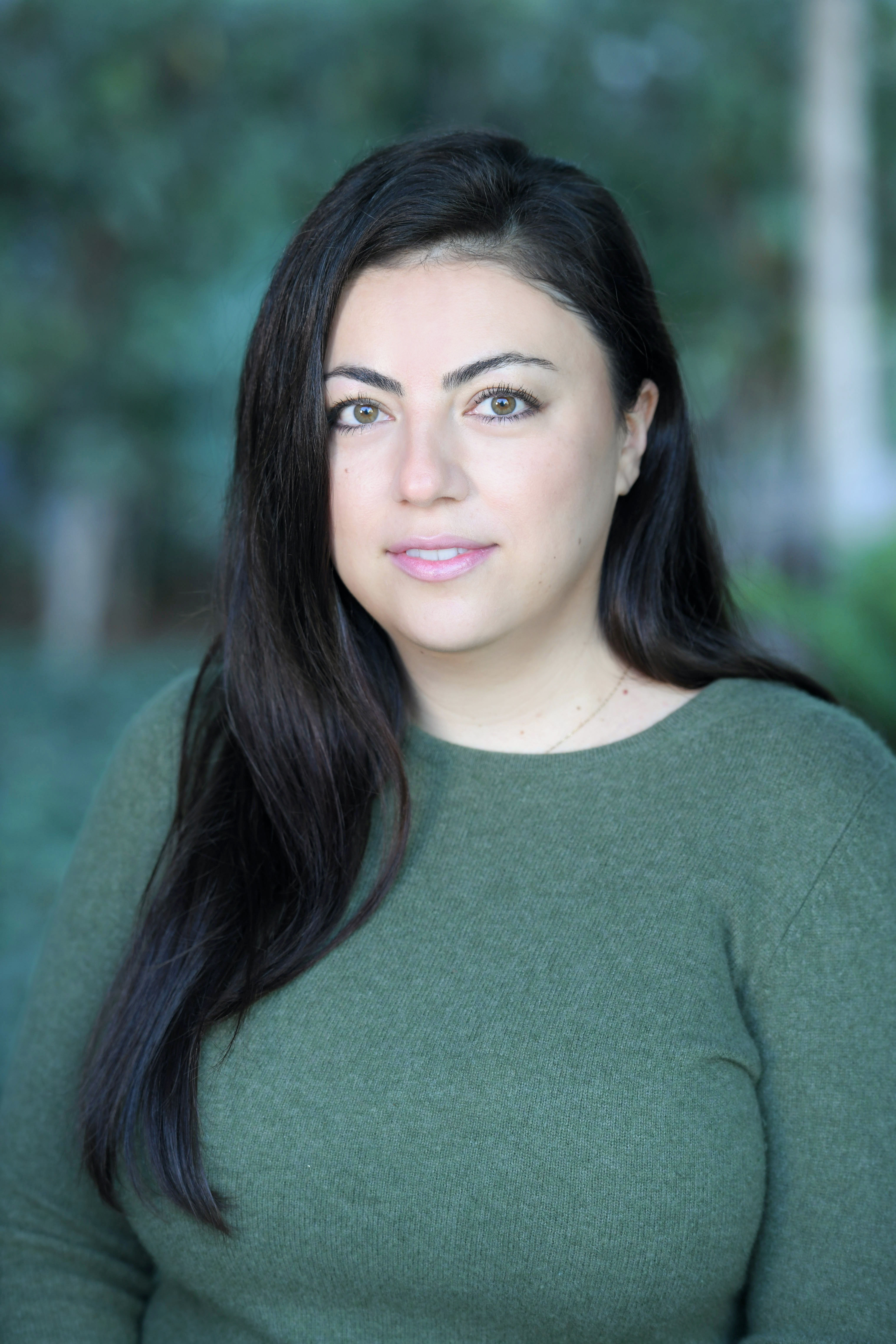
Could a Key Protein Lead to New Therapies for Wilms Tumor?
By most accounts, Wilms tumor treatment is a success story. For those younger than 20 who develop this most common form of childhood kidney cancer, five-year survival rates are over 90%.But for the roughly 15% of children with Wilms tumor who relapse—or for those whose cancer does not respond to treatment—survival rates plummet.
5 Trends That Are Changing Pediatric Epilepsy Care
Epilepsy is the most common pediatric brain disorder, affecting nearly half a million children in the U.S. And yet, only about 1% of patients who should be seen at a comprehensive epilepsy center are ever referred to this care.That’s a devastating statistic, especially for children—whose uncontrolled seizures can sometimes lead to irreversible developmental deficits.
‘Dr. Elias saved my life’: 11-hour surgery removes dangerous, rare spinal tumor
This surgery to remove a cervical intradural traumatic neuroma was one of the most complex that Elias Elias, M.D., Assistant Professor of Neurological Surgery at UT Southwestern Medical Center, has performed during his career as a neurosurgeon.
Elevidys Gene Therapy: A Neurologist’s Perspective
Over the past year, Children’s Hospital Los Angeles has been one of the highest-volume centers in the nation for Elevidys gene therapy. So far, CHLA has treated 10 boys with Duchenne muscular dystrophy with this gene transfer therapy—among the most in the U.S.Leading these efforts at CHLA is Leigh Ramos-Platt, MD, Director of the Neuromuscular Disorders Center in the Neurological Institute at Children’s Hospital Los Angeles, which includes one of the largest programs in California for Duchenne.
Program Helps Detect Cerebral Palsy Signs in Younger Babies
Cerebral palsy (CP) is the most common childhood physical disability. But while it is typically diagnosed when a child is between 1 and 2 years old, many babies would benefit from much earlier interventions—especially in the first year, when the brain is best at forming new connections.To foster this earlier treatment, a team at Children’s Hospital Los Angeles has launched a pilot program to better identify infants at high risk of CP.
Deep Vein Thrombosis Affects 3% of Central Venous Catheters in NICU Patients
Central venous catheters are frequently used in babies in neonatal intensive care units (NICUs)—providing key nutrition, fluids, and medications. But while these catheters are critical for survival, they can also be linked to risks such as deep vein thrombosis.Thromboses can lead to a host of issues, including long-term swelling of the affected limb, pulmonary embolism, longer hospital stays, and mortality.
Novel Pulmonary Valve Aims to Reduce Invasive Surgeries for Kids
One of the longstanding challenges of pediatric pulmonary valve replacement is size and the ability to accommodate growth. Young children tend to quickly outgrow fixed size valves—leading to the need for multiple invasive surgeries throughout childhood.Now, an investigational clinical trial at Children’s Hospital Los Angeles is testing a potential solution to this problem: a novel pulmonary valve that can be size-adjusted as a child grows.
What you need to know about lung cancer
UCLA Health experts Amy Cummings, MD, PhD, and Sha’Shonda Revels, MD, address frequently asked questions about the disease.
What is a Wada Test? CHLA’s Dr. Sucheta Joshi Tells Parents What to Expect
For children who are undergoing evaluation for surgery to treat epilepsy at Children’s Hospital Los Angeles, the Wada test, also known as the intracarotid amobarbital procedure, can be an important step in the process. During this test, doctors put certain areas of the brain to sleep to help pinpoint which areas correspond to the patient’s language and memory.
Painful Periods? Endometriosis May be the Culprit
It affects as many as one in 10 people assigned female at birth, and is associated with an increased risk for a few other serious health conditions.
When Nerve Pain and Numbness Are Linked to Long COVID
Welcome to Long COVID Dispatches. Our goal is to keep you informed of the best and newest information on Long COVID. My name is Dr. Lisa Sanders, and I’m an internist on the faculty of the Yale School of Medicine and the medical director of Yale New Haven Health’s Multidisciplinary Long COVID Care Center.
Four Ways to Keep Your Kids From Becoming Picky Eaters
KEY TAKEAWAYS:Preventing picky eating starts in infancy, before tastes grow more stubborn.Don’t overuse food pouches. Kids need to experience different flavors and textures.Children can learn to like foods they initially reject if exposed to them repeatedly.As long as there are freezers stocked with chicken nuggets, there will be children who turn their noses up at salmon.
CHLA Psychologist Co-Hosts National Institute of Mental Health Webinar Focused on Disability, Equity and Mental Health
Key takeaways from Dr. Schwartzman’s presentation:Autistic people are frequently excluded from mental health research due to various factors.Including autistic individuals and scientists in the design of autism-focused research studies is crucial to effective research.Dr. Schwartzman’s lab is investigating tools to assess depression and suicide risk in autistic youth, testing autism-adapted cognitive behavioral therapy, and studying the needs of autistic youth and families following a suicide attempt.
A Brighter Forecast: How a CHLA Anesthesiologist and AccuWeather are Using Environmental Data to Transform Children’s Health Care
For pediatric anesthesiologist Jonathan M Tan, MD, MPH, MBI, FASA, making an impact in pediatric health care started with a single question: With children being among the most vulnerable to the effects of weather and climate change, why are health care professionals and health systems not equipped with the environmental exposure data needed to protect their patients’ health?“Answering this question and working toward a solution led me on an exciting journey to solve an unmet need in pediatric health care,” Dr.
Nipple-Sparing Mastectomy: A Modern Approach to Breast Cancer Surgery
Nipple-Sparing Mastectomy (NSM) is a surgical option for patients requiring a mastectomy, in which the breast tissue is removed while the skin, nipple, and areola remain intact. This procedure allows for immediate reconstruction and offers a more natural post-surgery result, giving patients both peace of mind and a sense of body confidence. M. Michele Blackwood, MD, FACS, director of Breast Surgery and director of Women’s Oncologic Health, RWJBarnabas Health and Rutgers Cancer Institute shares more on this surgical technique.
Kids and the COVID-19 Vaccine: Your Questions Answered
While many parents have gotten their children vaccinated, some families have questions about the vaccine’s safety and efficacy. We spoke to several experts at Children’s Hospital Los Angeles, including Michael Smit, MD, MSPH, Hospital Epidemiologist and Medical Director of Infection Prevention and Control, and Marisa Glucoft, MPH, Vice President of Quality Improvement and Patient Safety, to answer some frequently asked questions.
Improving Access to Cell and Gene Therapy in Pediatrics
Nearly 30 years ago, Children’s Hospital Los Angeles supported one of the first clinical trials for a pioneering stem cell gene therapy for children with a life-threatening form of severe combined immunodeficiency (SCID). Called ADA-SCID—a type of “bubble boy disease” caused by mutations in the adenosine deaminase (ADA) gene—this rare disorder leaves babies with virtually no immune system.
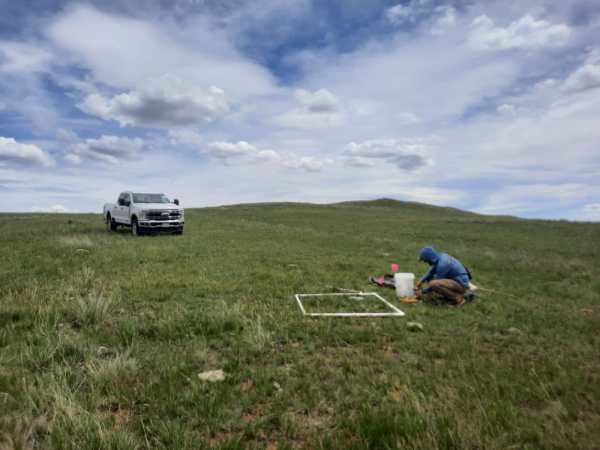
Biodiversity Policy in the United States
Biodiversity encompasses much more than the number of species—it includes the variety of ecosystems, the genetic diversity within and between species, and the interactions among species within ecosystems.
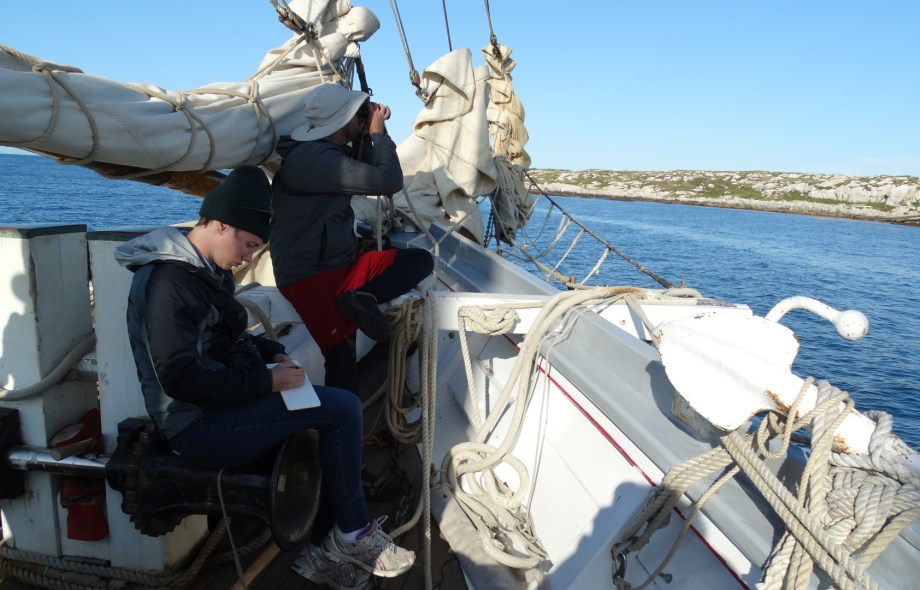
The Eyes of Birds
A few years ago, I had the opportunity to hear Terry Tempest Williams speak at a local event. I don’t remember many details of her talk, but I do remember her passion, her commitment, and her dedication to being a voice for the environment. Her book, Finding Beauty in a Broken World has been a guidepost for me as a science writer and writing instructor.
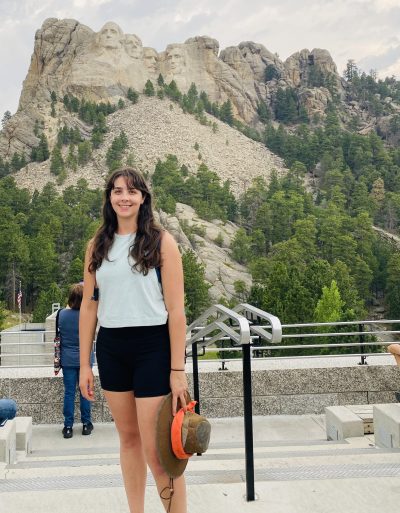
The Modern Midwest Prairie: How Ranching and Native Grasslands Can Thrive Together in a Changing Climate
It’s August in South Dakota and a weeklong heat wave where temperatures surpassed 100 degrees has just ended. Thankful for a reprieve from the stifling warmth, I head out early on my day off to explore Badlands National Park. I’ve been staying in Fort Pierre, which is situated on the Missouri River, just across from the capital city of Pierre.
What is Heart Transplant Rejection?
A heart transplant is a lifesaving gift. But it means adjusting to a new way of life. Without anti-rejection measures, the body’s immune system will reject the transplanted heart.

Rounds with Leadership: Boosting Your Capacity to Lead
As nurse educators, we understand the importance of preparing new members of our profession to serve as expert caregivers, system innovators, and patient advocates. To thrive in these roles, nurses must develop as leaders in clinical settings, in boardrooms, and in all places where nurses impact healthcare, counsel patients, and shape policy. Building leadership capacity is essential to ensuring that nurses are contributing at the highest level and seizing every opportunity to safeguard patients, families, and the communities we serve.
Could GLP1RA drugs lower high iron levels?
GLP1RA agonists have been increasing in popularity for treating obesity and type 2 diabetes. With this novel treatment proving to be very effective, researchers are curious to know more about what other potential treatments it could also hold.
Channeling Challenge Into Community: Hunter’s Story
Hunter doesn’t remember much from his time at Children’s Hospital Los Angeles, but more than a decade later, one small moment has stuck with him in multiple ways.A blonde woman asks him: “She’d hold up an array of ChapSticks,” Hunter explains, “blueberry, strawberry, green apple, root beer float and chocolate.”
U, EPIC Ventures partner to drive regional innovation forward
By combining the U’s innovation engine with EPIC’s extensive network, the partnership will catalyze growth for early-stage technology companies across various sectors, including software, health and life sciences and financial technology.
Medical Students Explore a Future in Research Through the Summer Oncology Research Fellowship Program
For many students, summer break represents an opportunity for relaxation and carefree vacations. But for the medical students taking part in the USC/CHLA Summer Oncology Research Fellowship (SORF) Program, summer means something more
Antibody targeting CD38 enzyme shows positive impact in treating systemic sclerosis
Scleroderma is a chronic autoimmune disease of women.Over time, people living with scleroderma develop progressive and irreversible scarring.Scarring, called fibrosis, effects the lungs, heart and kidneys, leading to poor quality of life, disability and a reduced life expectancy.
New NASA Sonifications Listen to the Universe’s Past
Text, images, and video:
https://chandra.si.edu/photo/2024/sonify9/
A quarter of a century ago, NASA released the “first light” images from the agency’s Chandra X-ray Observatory. This introduction to the world of Chandra’s high-resolution X-ray imaging capabilities included an unprecedented view of Cassiopeia A, the remains of an exploded star located about 11,000 light-years from Earth. Over the years, Chandra’s views of Cassiopeia A have become some of the telescope’s best-known images.
To mark the anniversary of this milestone, new sonifications of three images — including Cassiopeia A (Cas A) — are being released. Sonification is a process that translates astronomical data into sound, similar to how digital data are more routinely turned into images. This translation process preserves the science of the data from its original digital state but provides an alternative pathway to experiencing the data.
The Gift of Research: Placenta Biobank Donations Enable Examination of Under-Studied Organ
In the U.S. alone, more than 3.5 million babies are born each year. Alongside them, an endlessly fascinating organ that’s essential to a healthy pregnancy: the placenta.The placenta forms early in pregnancy, providing a vital connection between baby and mom. Then, it’s delivered shortly after the baby during childbirth, and its job is complete.
5 Things Physicians Should Know About Pediatric Heart Failure
Pediatric heart failure is a progressive and life-threatening condition that can have a high mortality rate. Fortunately, thanks to new therapies now available, many children can recover—but this condition needs early recognition and treatment.

Addressing Mercury Challenges on the Global Stage
BRI’s story began in 1989 with the capture of a loon on a Michigan lake. Back then, it was all about the science, but over time, founder Dave Evers began to understand that knowledge for knowledge’s sake wasn’t enough.

Mark Burton – Bridging Expertise with Adventure
Tucked around a corner in his office, you’ll often find Mark Burton, with a laser focus on his work. Mark walked through the doors of BRI seven years ago as an intern in the Center for Mercury Studies, working on the Global Biotic Mercury Synthesis database.

Protecting Maine’s Coastal Treasures: Vital Conservation Efforts for Common Eiders
Spending a sunny day on a boat in Casco Bay isn’t a bad summer job, at least not for BRI biologists Helen Yurek and Logan Route. On a Thursday morning, we loaded up into a boat to set off in search of Common Eiders, sea ducks that spend most of their time along rocky seacoasts.
Targeting and blocking sCD13 protein could lead to systemic sclerosis treatment
Fibrosis, or the scaring of tissue, occurs in many diseases, and is a central component of systemic sclerosis. There are currently no treatments that can reverse fibrosis and the current treatment only has a modest effect on the course of the disease. But research is finding new targets for potential treatments.
Keeping calm in case of catastrophe
The small but dedicated Hospital Emergency Response Team works year-round to imagine and prepare for major crises that could disrupt patient care.
Breaking through the mysteries of predicting coma recovery
Predicting a patient’s recovery from a coma has profound implications. Neurologist David Fischer, MD, is building the infrastructure to get it right.
What Is Gene Therapy?
Every cell in your body holds a unique genetic code within your DNA, inherited from your parents. The segments of your DNA called genes determine nearly all your body’s characteristics and functions.
Living with Grief
Grief forever changes us. The journey that we walk through changes who we are and how we perceive the world around us. Those who are unfamiliar or uncomfortable with grief may prompt us to move on. When they try this, we often plant our heels into the ground and resist. This may come as a surprise to them.
Grieving a Pet’s Death
The significance of pets in human existence varies between people. However, the emotional and social support that companion animals offer is an impactful driving force behind this attachment. Those who underestimate the strength of the bond drive a wedge between themselves and the bereaved.
Sasin MBA Students Visit Tha Chalom to Learn Sustainable Brand Building
Sasin MBA students visited Tha Chalom, Samut Sakhon, as part of the “Sustainable Place Branding from the Bottom-Up: Building Brands in Tourist Destinations Sustainably from the Roots of the Economy to the Top” initiative.
How Is Care Changing for Kids With Tuberous Sclerosis Complex?
This spring, Children’s Hospital Los Angeles became one of just 15 pediatric hospitals in the country to be designated as a TSC Alliance Center of Excellence—demonstrating the highest level of comprehensive services for diagnosing and managing tuberous sclerosis complex (TSC). CHLA sees more than 120 young patients a year with TSC.
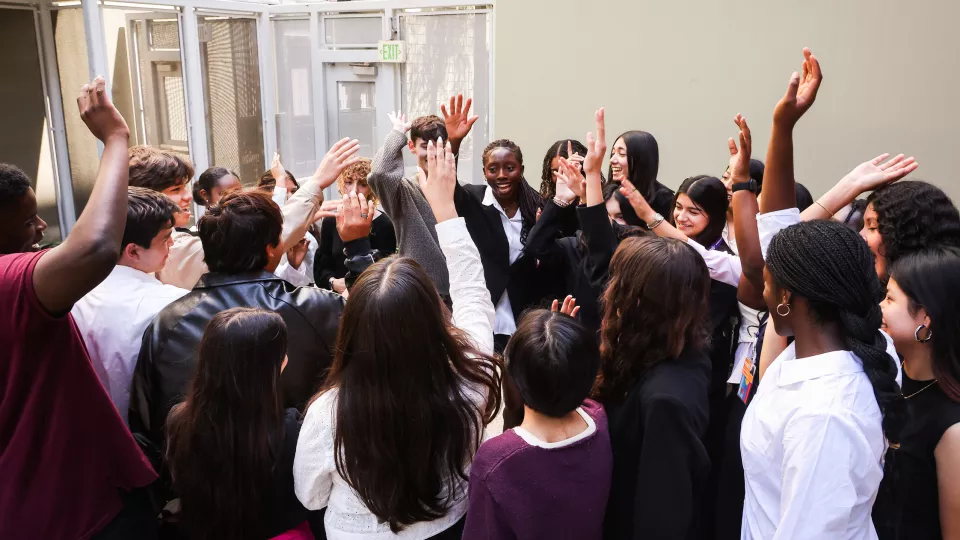
Laboratory Internship Program Teaches High Schoolers the Art and Science of Medical Research
For 19 years, LA-HIP has empowered rising high school seniors who identify as an underrepresented minority in STEM to participate in hands-on laboratory-based research at CHLA. The program’s ultimate goal: To develop and nurture the next generation of scientists and physician-scientists.